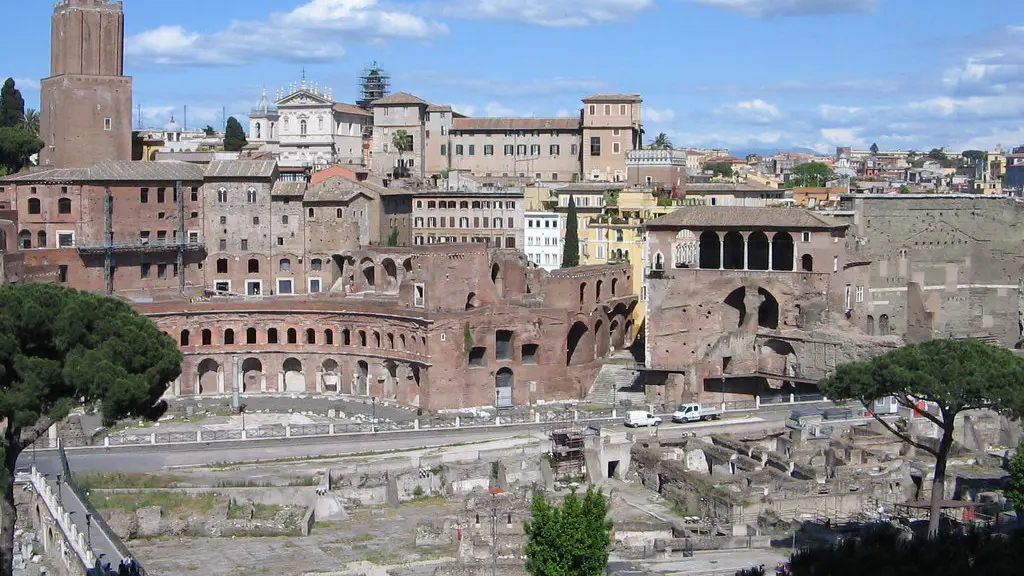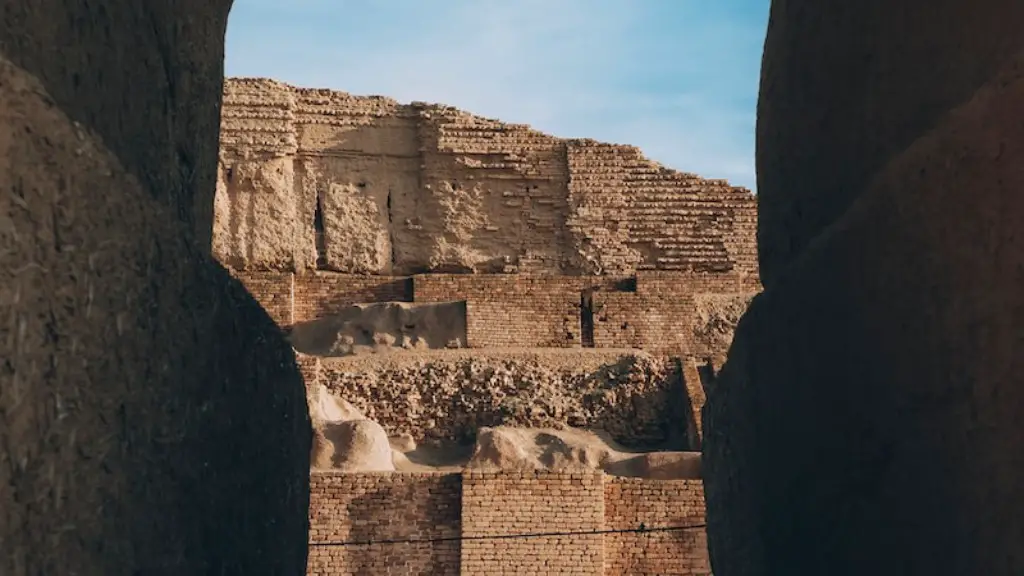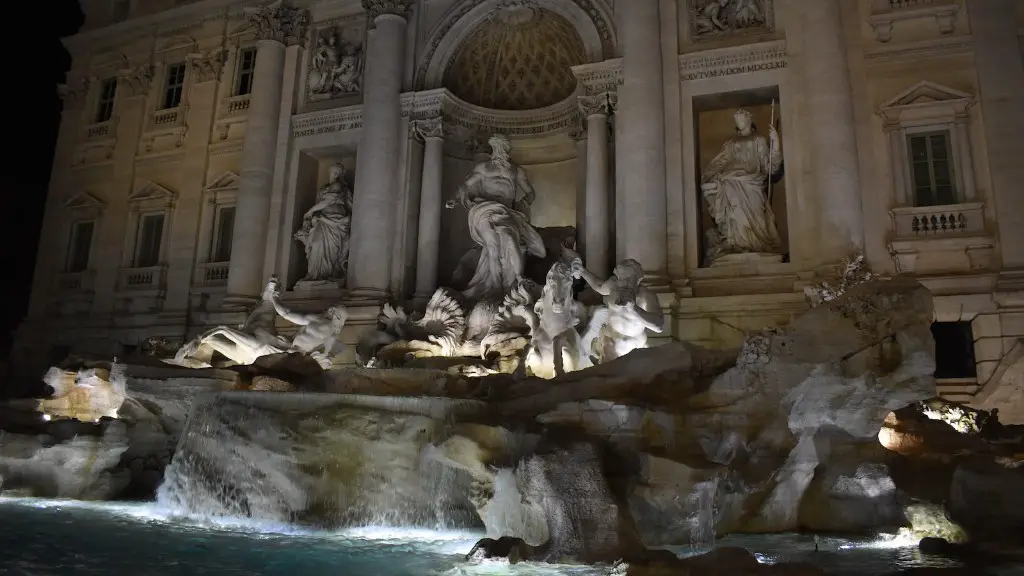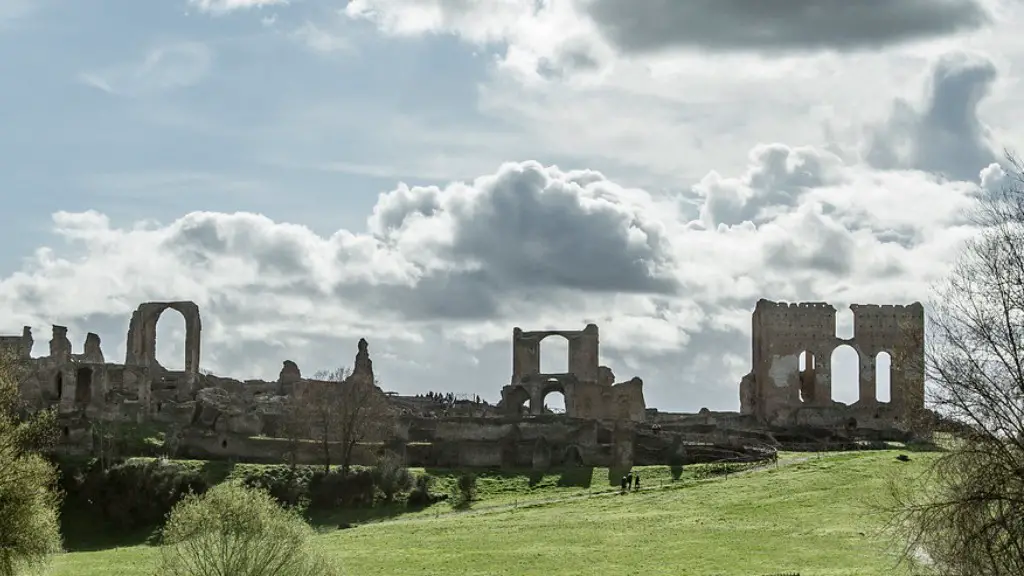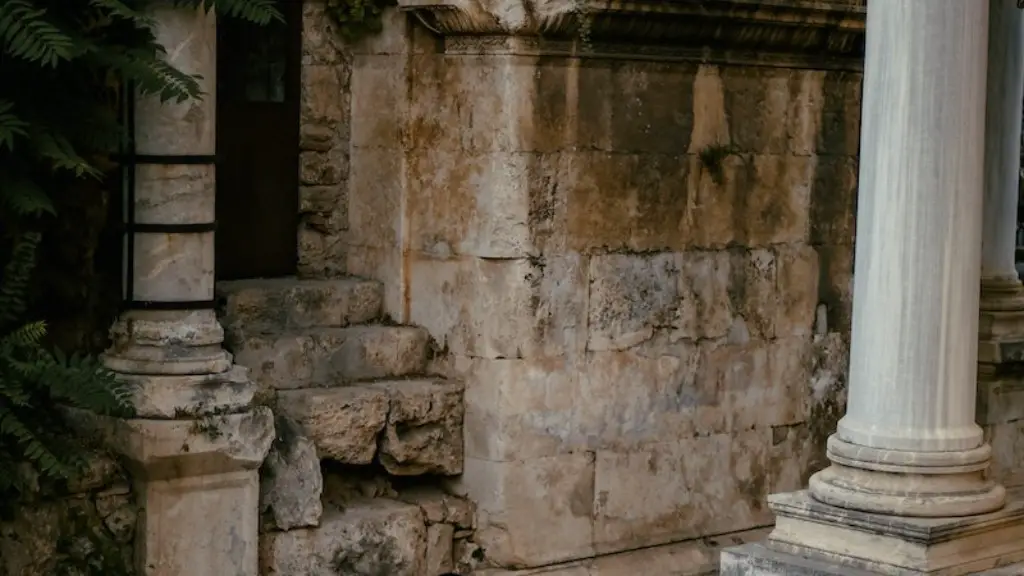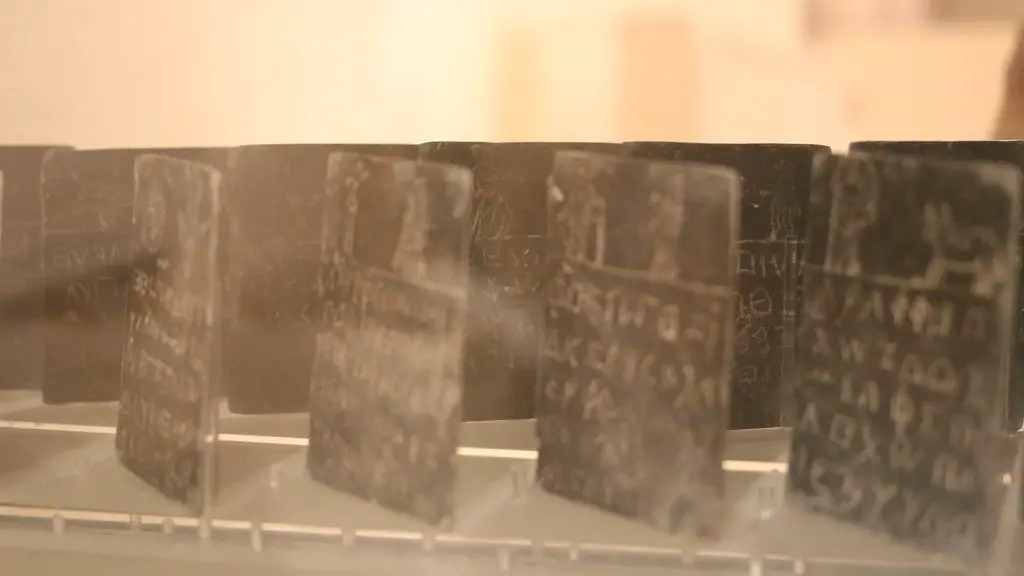Ancient Rome is one of the most enduringly fascinating cultures in human history. Even today, almost two thousand years after its fall, we continue to be enthralled by its grandiose architecture, its military prowess, and its many great leaders. It is no wonder, then, that so much has been written about ancient Rome. In this paper, we will take a brief look at what ancient Rome looked like.
Rome was founded in 753BC by its first king, Romulus. It grew into a rich and powerful city during the next few hundred years. By AD 117 the Roman Empire included the whole of Italy, all the lands around the Mediterranean and much of Europe, including England, Wales and parts of Scotland. Roman legend says that Romulus had a twin brother called Remus. As babies they were abandoned in the area which later became Rome. A she-wolf found and raised them, but when they grew up, Romulus fought and killed Remus and became the first ruler of Rome!
What did the average ancient Roman look like?
The ancient Romans were a Mediterranean people, with dark hair and eyes. They typically had a tan or olive skin complexion. Men were clean-shaven and had short hair, while women had longer hair that was often styled in various ways.
The early Romans were composed mainly of Latin-speaking Italic people, known as the Latins. The Latins were a people with a marked Mediterranean character, related to other neighbouring Italic peoples such as the Falisci.
How did ancient Romans make themselves look beautiful
The Romans were very particular about their appearance and disliked any blemishes on their skin. To soften wrinkles, they used a variety of ingredients including swans’ fat, asses’ milk, gum Arabic and bean-meal. Sores and freckles were treated with the ashes of snails.
It is interesting to note that even the average height of the ancient Romans was shorter than that of today’s Romans. Around 5’5″, the average height of the ancient Romans was still shorter than the average height of today’s Romans. This is likely due to the different lifestyle and diet of the ancient Romans.
What did the Romans consider beautiful?
The relief from Neumagen in Germany is a great example of the ideal Roman woman. She is shown with perfect skin, styled hair, and a seductive gaze. Her clothing is also very revealing, which would have been seen as very scandalous at the time. However, this just goes to show how much the Romans valued female beauty.
The average height of a male Roman was between 5’4″ and 5’7″, according to various sources. One source reported that the average male in the military was 5’6″. Another source said 5’7″. They were most likely very strong for their heights; eg, marching long distances with heavy armor and supplies.
What DNA were the Romans?
A new DNA study has found that the inhabitants of ancient Rome resembled the populations of the Eastern Mediterranean and the Middle East. This is believed to be due to the empire’s vast trade network, which allowed for the exchange of people and goods between different parts of the world.
There are a few reasons for this trend. Firstly, it’s a way of indicating social status. Pale skin was seen as a sign of royalty or privilege, while dark skin was associated with laborers or servants. Secondly, it’s a matter of aesthetics. Generally speaking, people tend to find pale skin more attractive than dark skin. And finally, it’s a question of practicality. In hot climates, pale skin is less likely to get sunburned than dark skin.
Are there still descendants of Romans
There are many Italians alive today who have ancestors who lived in Italy during the Roman era. However, due to the intermixing of peoples over the centuries, most Italians have some admixture from other European peoples as well.
It is fascinating to think about how different cultures have different perspectives on body hair. In Ancient Greece and Rome, it was considered uncivilized to have pubic hair, so men and women used tools to pluck the hairs individually or singed them off with fire. Other forms of hair removal included razors, sharpened stones, and even forms of depilatory cream. It is interesting to think about how our own perspectives on body hair have been shaped by our cultures.
Did Romans have hygiene?
The ancient Romans were surprisingly clean people, especially when compared to other ancient civilizations. They had public baths and toilets, and used exfoliating cleansers and other public facilities. They also had a fairly high standard of cleanliness, despite the use of a communal toilet sponge.
Most Romans knew how to ride a horse, as it was a typical activity for citizens. Horses were used for leisurely rides, hunting, competitive races, and in war. This made horse riding a common activity to learn for the majority of people.
What was the average lifespan of a Roman
Longevity has increased steadily through history. Life expectancy at birth was a brief 25 years during the Roman Empire, it reached 33 years by the Middle Ages, and raised up to 55 years in the early 1900s.
In order to become a legionnaire, you had to be able to march 20 miles in 5 hours while wearing armor and carrying a kit weighing 45lbs.
How did Roman get so big?
Rome was able to gain its empire in large part by extending some form of citizenship to many of the people it conquered. Military expansion drove economic development, bringing enslaved people and loot back to Rome, which in turn transformed the city of Rome and Roman culture. The Roman empire was largely built on the backs of conquered peoples, who were often required to fight in the Roman military or provide other services to the empire. Rome also took advantage of the existing trade networks in the Mediterranean to bring goods and people back to the city, which helped to boost the economy and further solidify Rome’s power.
The Huns were a nomadic people who originated in Central Asia. In the 4th century, they began migrating westward into Europe. The Huns were fierce warriors and were known for their brutality. They caused a lot of damage as they ravaged their way through Europe. In 451, the Huns even attacked Rome itself. The Romans were terrified of the Huns and their ferocity.
Warp Up
Rome was founded in 753 B.C.E, and became an unstoppable global empire by 300 B.C.E. The Roman Republic was a model of governance and stability, and the Roman way of life—with its impressive engineering feats, architecture, art, and law—set the standard for Western Civilization.
After looking at all of the evidence, it is clear that ancient Rome was a bustling, vibrant city. Despite being thousands of years old, the city appears to have been well-maintained and clean. The streets were lined with shops and homes, and there were many public spaces where people could gather. Romans were clearly proud of their city and took great care to keep it looking its best.
